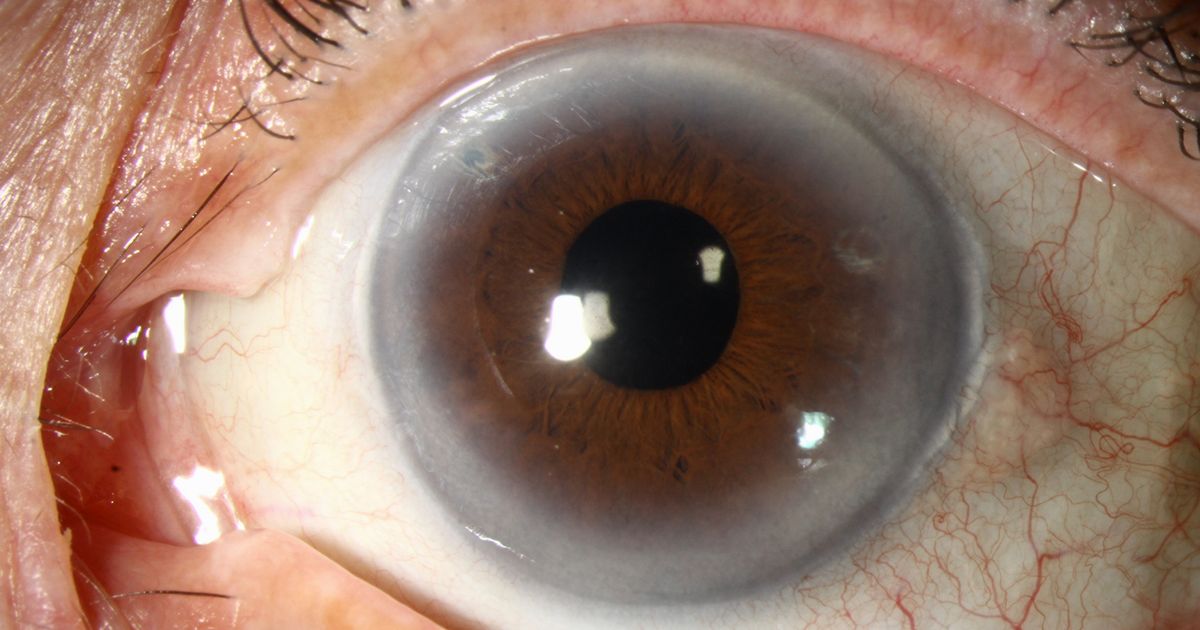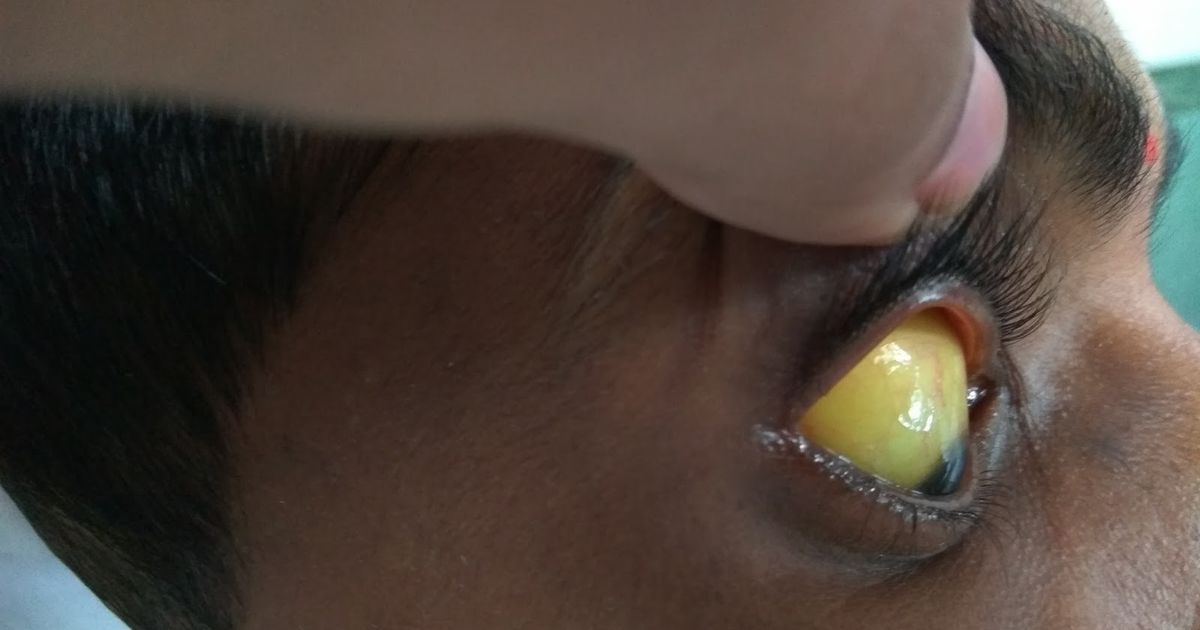Health Conditions Your Eyes Can Reveal
Some do not worry about their blurred vision, or a slight change of color in the white of their eye, dryness, or white rings around their irises. Sometimes these do not cause any impairment of vision. However, they can be trying to reveal some underlying health issues or conditions that might otherwise be left unnoticed.
The eyes can reveal many different health conditions such as jaundice, allergies, diabetes, and high cholesterol. It is time to take a look in the mirror and see if the eyes are trying to show any of these signs.
Arcus Senilis And High Cholesterol

If a gray or white ring begins to form around the corneal arcus, otherwise known as the iris, it is due to deposits of fat in the cornea of the eye. Although it may be a sign of aging, it can also be a sign of high cholesterol and triglycerides, known as arcus senilis. Arcus senilis does not affect vision or require treatment, but if it is caused by high cholesterol, it can put the patient at an increased risk of heart attack and heart disease.
Generally, patients under the age of fifty that begin developing arcus senilis may be at risk of high cholesterol.
Jaundice

If the sclera - the white of the eye - is yellow or yellowing, it is a clear indication that something is wrong with the body. One of the main causes for yellowing of the eyes is jaundice, which is a condition that occurs when the liver cannot properly filter or metabolize bilirubin. The bilirubin, an orange-yellow compound builds up and causes the eyes and skin to turn yellow in color.
Jaundice may be caused by plenty of conditions including malaria, sickle cell crisis, autoimmune disorders, hepatitis, cirrhosis, Gilbert’s syndrome, cancer, pregnancy, newborn jaundice, and drugs, alcohol, and toxins.
